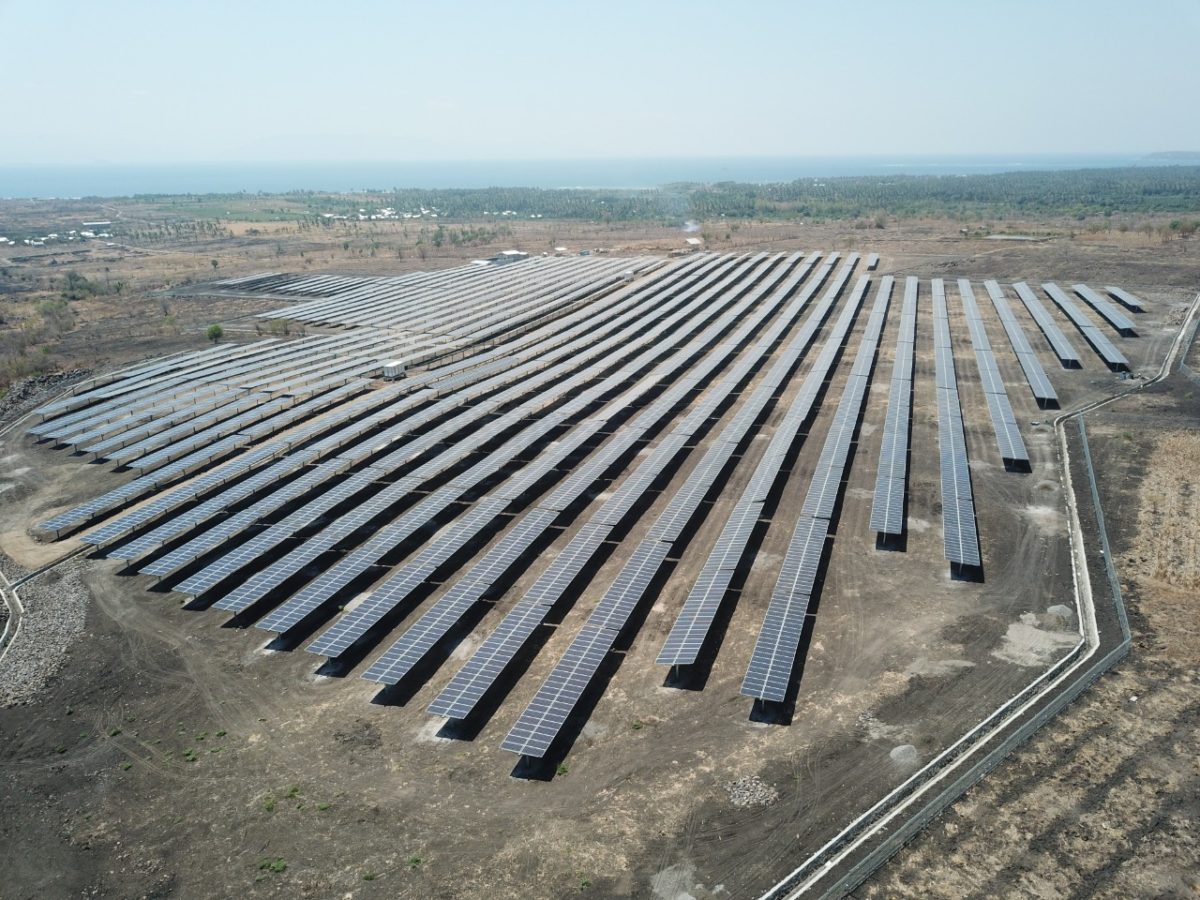Indonesia's Ministry of Energy and Mineral Resources (ESDM) has announced that a big solar park will be built on a large area of land at an undisclosed location in eastern Indonesia, which includes all the islands other than Java, Sumatra, Bali, and Madura and, more specifically, provinces in Kalimantan, Sulawesi, West Nusa Tenggara, East Nusa Tenggara, West Timor, Maluku, and Irian Jaya.
“We are planning to build a solar park, like those in Abu Dhabi, Portugal and Saudi Arabia,” said minister Dadan Kusdiana, noting eastern Indonesia has a dry climate, high solar radiation levels and low rainfall.
The region is indeed particularly suitable for large scale PV deployment. “Eastern Indonesia is good because solar irradiation is generally higher than in other regions and the province of East Nusa Tenggara has one of the highest,” Marlistya Citraningrum, the program manager for sustainable energy access at the Institute for Essential Services Reform (IESR), told pv magazine. “Higher PV output means more energy generated, and the availability of cheaper land with good contour and suitable slope also means we can drive down installation cost, lowering the electricity price.”
According to her, the government needs to lower overall electricity generation costs, which are higher in eastern Indonesia because of the extensive use of diesel power plants. “Energy access remains an issue there and renewable energy must be one of the answers,” she also stated.
As for western Indonesia, Citraningrum said the region is currently facing overcapacity and new solar power plants will probably be met with reluctance from Indonesian utility PT PLN (Persero), which in December started a pre-qualification process on its procurement portal to choose independent power producers to develop utility scale solar plants. “The call for IPPs is not exactly because PLN will tender solar power plants, it is probably a measure to update their list of pre-qualified companies or to anticipate the coming presidential regulation on feed-in tariffs,” she further explained.
Indonesia began supporting large scale PV via a law issued in April 2017. The country’s cumulative installed PV capacity remains negligible, at roughly 198 MW by the end of 2019, according to the International Renewable Energy Agency (IRENA).
The Indonesian government is targeting to deploy 6.5 GW of solar by 2025 and 45 GW by 2050.
This content is protected by copyright and may not be reused. If you want to cooperate with us and would like to reuse some of our content, please contact: editors@pv-magazine.com.




1 comment
By submitting this form you agree to pv magazine using your data for the purposes of publishing your comment.
Your personal data will only be disclosed or otherwise transmitted to third parties for the purposes of spam filtering or if this is necessary for technical maintenance of the website. Any other transfer to third parties will not take place unless this is justified on the basis of applicable data protection regulations or if pv magazine is legally obliged to do so.
You may revoke this consent at any time with effect for the future, in which case your personal data will be deleted immediately. Otherwise, your data will be deleted if pv magazine has processed your request or the purpose of data storage is fulfilled.
Further information on data privacy can be found in our Data Protection Policy.